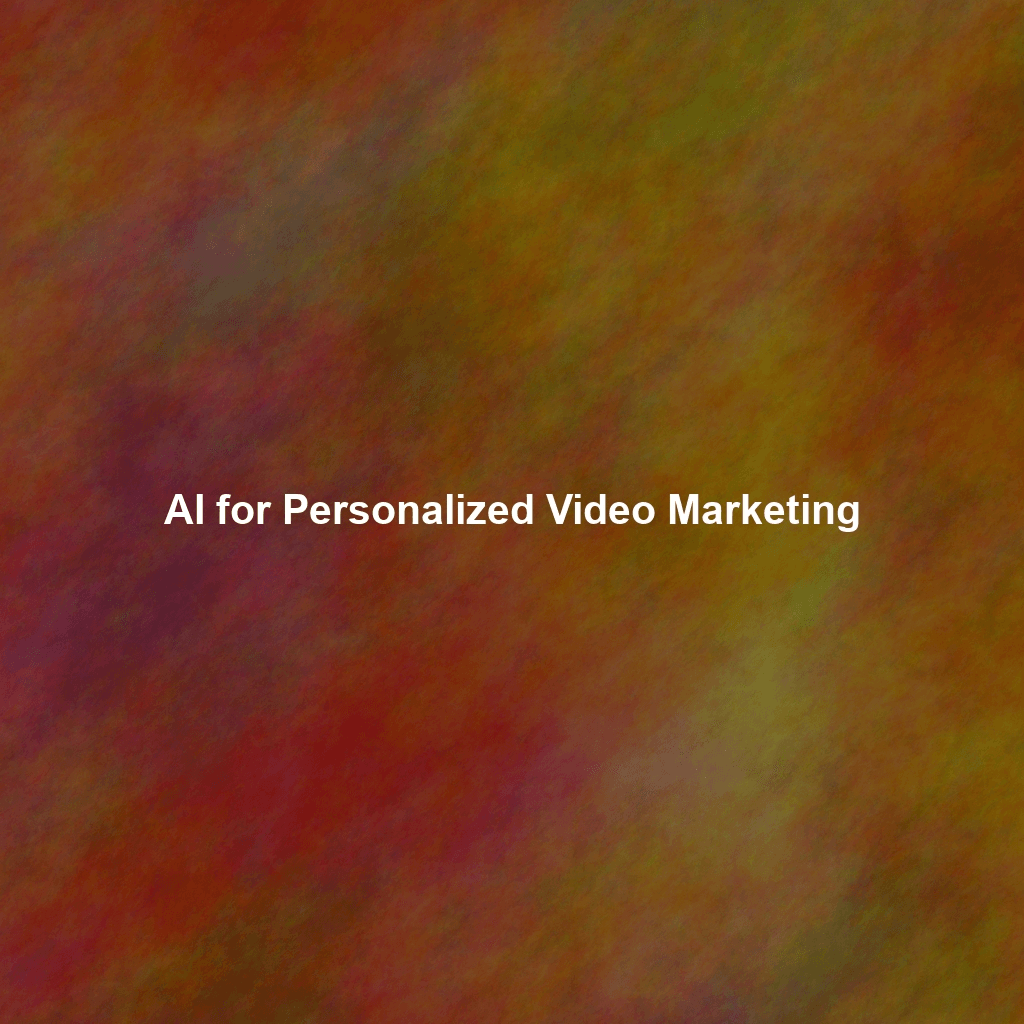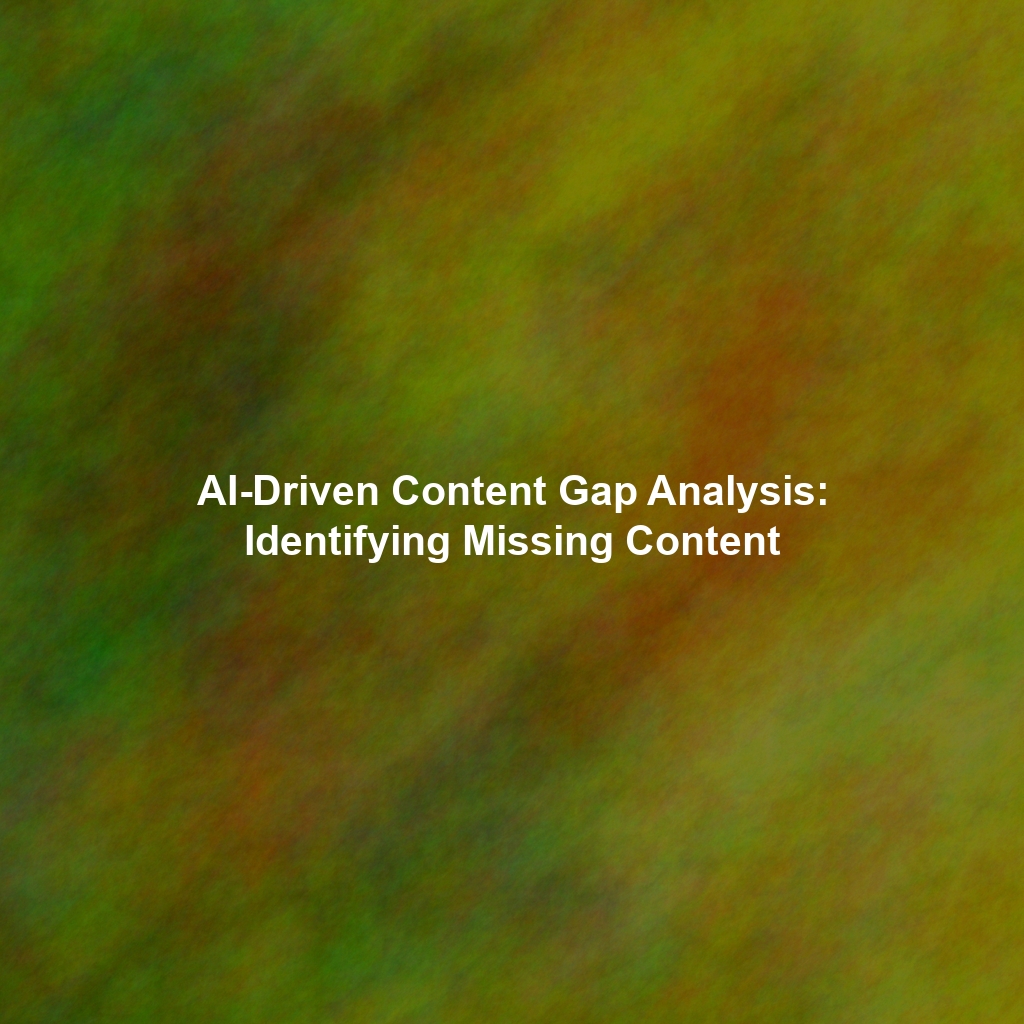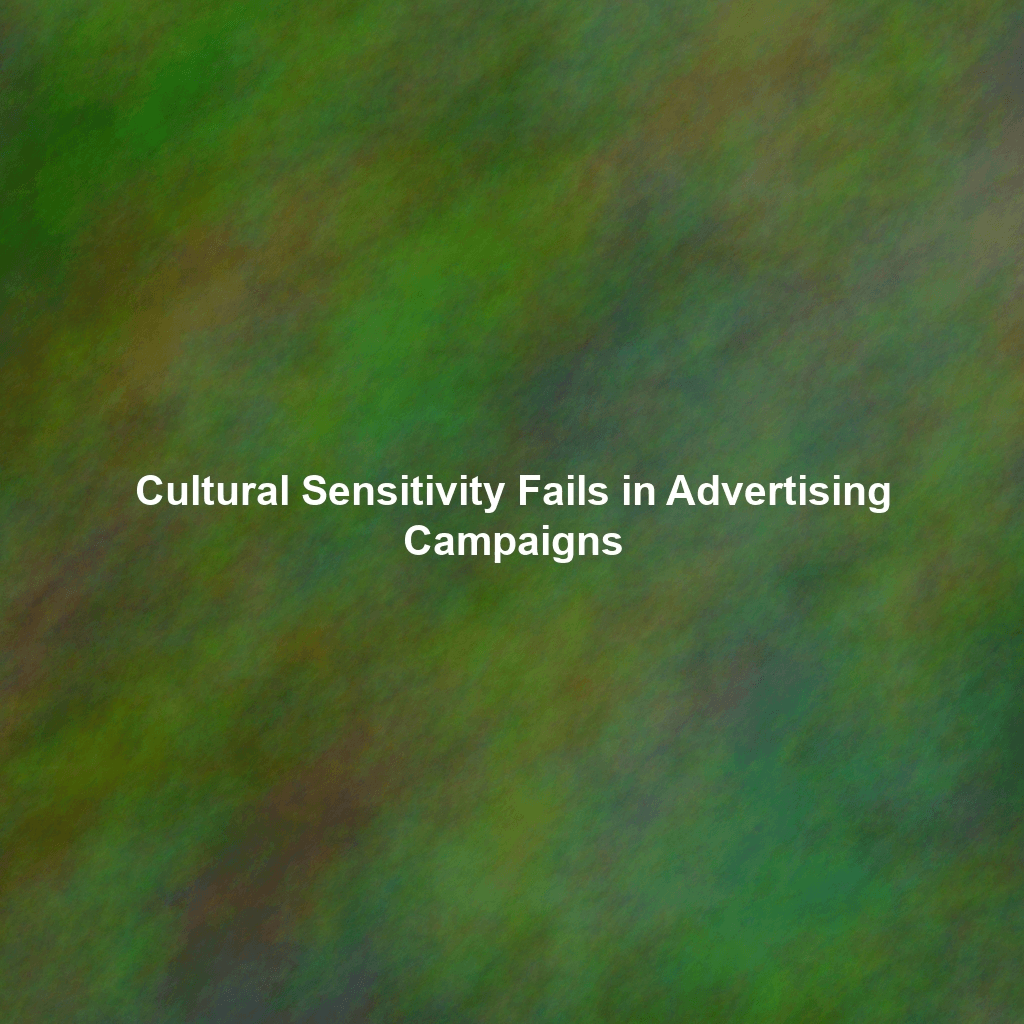The Rise of AI-Powered Personalization in Video Marketing
Understanding the Benefits of AI in Personalized Video
AI offers a multitude of benefits when applied to video personalization. Here are some key advantages:
Enhanced Audience Segmentation
Traditional segmentation relies on broad demographic data or basic behavioral patterns. AI takes this to the next level by analyzing vast amounts of data from various sources, including website activity, social media engagement, purchase history, and even psychographic profiles. This allows for incredibly granular segmentation, enabling you to create highly targeted video campaigns that speak directly to the specific interests and needs of each audience segment.
Dynamic Content Adaptation
AI can dynamically adapt video content in real-time based on viewer data. Imagine a video advertisement that changes its product recommendations based on the viewer’s past purchases or browsing history. Or a tutorial video that automatically adjusts its difficulty level based on the viewer’s demonstrated skill level. This level of dynamic personalization significantly increases engagement and relevance.
Improved Video Recommendation Engines
AI-powered recommendation engines can analyze viewer preferences and suggest videos that are most likely to be of interest. This is particularly useful for platforms with large video libraries, such as streaming services or online learning platforms. By surfacing relevant content, these engines can increase viewer retention, boost watch time, and improve overall user satisfaction.
Automated Video Creation and Editing
While AI may not completely replace human creativity, it can significantly streamline the video creation process. AI tools can automate tasks such as video editing, transcript generation, and even the creation of simple animated videos. This allows marketers to focus on more strategic aspects of their campaigns.
Predictive Analytics for Video Performance
AI algorithms can analyze video performance data to identify patterns and predict future trends. This allows marketers to optimize their video content for maximum impact. For example, AI can identify the optimal length for a video, the best time to post it, or the most effective call-to-action to include.
How AI Powers Personalized Video: Key Technologies
Several AI technologies underpin the capabilities described above. Understanding these technologies can help you better appreciate the potential of AI in personalized video marketing:
Natural Language Processing (NLP)
NLP enables AI systems to understand and process human language. In video marketing, NLP can be used to analyze video transcripts, extract keywords, and understand viewer sentiment. This information can then be used to personalize video content and messaging.
Computer Vision
Computer vision allows AI systems to “see” and interpret images and videos. This technology can be used to identify objects, people, and emotions within videos. This information can be used to personalize video content based on the viewer’s interests or demographics.
Machine Learning (ML)
ML is the foundation of most AI applications. ML algorithms can learn from data and improve their performance over time. In video marketing, ML can be used to build predictive models, personalize recommendations, and optimize video content for maximum impact.
Predictive Analytics
Predictive analytics uses statistical techniques and machine learning to analyze current and historical data to make predictions about future events. This is incredibly useful for understanding customer behavior, anticipating their needs, and tailoring video marketing efforts accordingly.
Practical Applications of AI in Personalized Video Marketing
Let’s explore some concrete examples of how AI is being used to personalize video experiences:
Personalized Product Demos
Imagine a potential customer visiting your website to learn more about a specific product. Instead of showing them a generic product demo video, AI can tailor the video to address their specific pain points and highlight the product features that are most relevant to their needs. This can be achieved by analyzing their browsing history, past purchases, or even information they’ve provided in a contact form.
Personalized Onboarding Videos
New customers often need guidance to get started with a product or service. AI can create personalized onboarding videos that walk them through the specific steps they need to take based on their role, industry, or level of technical expertise. This can significantly improve the onboarding experience and reduce customer churn.
Personalized Email Marketing Videos
Embedding personalized videos in email marketing campaigns can significantly boost engagement and conversion rates. AI can personalize the video content based on the recipient’s name, company, or past interactions with your brand. This can make the email more attention-grabbing and relevant.
Personalized Customer Support Videos
Instead of relying solely on text-based support articles, businesses can use AI to create personalized video tutorials that address specific customer issues. AI can analyze customer support tickets and automatically generate videos that provide step-by-step instructions on how to resolve the issue.
Dynamic Video Ads
AI-powered dynamic video ads can adapt their content in real-time based on viewer data. This can include changing the product recommendations, the messaging, or even the visuals. This level of personalization can significantly improve the performance of video advertising campaigns.
Overcoming Challenges in Implementing AI-Powered Video Personalization
While the potential of AI in personalized video marketing is undeniable, there are also some challenges that businesses need to overcome:
Data Privacy Concerns
Collecting and using personal data to personalize video content raises important data privacy concerns. Businesses need to be transparent about how they are collecting and using data, and they need to comply with all relevant data privacy regulations, such as GDPR and CCPA.
Integration Complexity
Integrating AI-powered personalization tools with existing marketing systems can be complex and time-consuming. Businesses may need to invest in new infrastructure and develop custom integrations.
Cost
Implementing AI-powered video personalization can be expensive, especially for small businesses. However, the potential return on investment can be significant, especially for businesses that rely heavily on video marketing.
Lack of Expertise
Many businesses lack the in-house expertise to implement and manage AI-powered video personalization tools. They may need to partner with external consultants or agencies.
Best Practices for AI-Driven Video Personalization
To maximize the success of your AI-powered video personalization efforts, consider these best practices:
Start with a Clear Strategy
Before implementing any AI tools, define your goals and objectives. What do you hope to achieve with personalized video marketing? Who are your target audiences? What data will you need to collect? Having a clear strategy will help you stay focused and avoid wasting time and resources.
Focus on Quality Data
AI algorithms are only as good as the data they are trained on. Make sure you are collecting accurate, relevant, and up-to-date data. Invest in data cleansing and validation processes to ensure data quality.
Prioritize Privacy
Always prioritize data privacy and comply with all relevant regulations. Be transparent about how you are collecting and using data, and give users control over their data.
Test and Iterate
AI-powered video personalization is an iterative process. Test different approaches, track your results, and make adjustments as needed. Continuously optimize your campaigns to improve performance.
Focus on the User Experience
Personalization should enhance the user experience, not detract from it. Avoid being overly intrusive or creepy with your personalization efforts. Strive to create a seamless and enjoyable experience for your viewers.
The Future of AI in Video Content Personalization
The future of AI in personalized video marketing is bright. As AI technology continues to evolve, we can expect to see even more sophisticated and effective personalization techniques. For example, we may see AI systems that can generate entirely new video content based on individual viewer preferences. We may also see AI systems that can personalize video experiences in real-time based on viewer emotions and facial expressions. The possibilities are endless.
Conclusion: Embracing the Power of AI for Video Success
AI is revolutionizing the way businesses create, deliver, and measure video content. By embracing the power of AI, marketers can create personalized video experiences that resonate with individual viewers, drive engagement, and boost conversion rates. While there are challenges to overcome, the potential benefits of AI-powered video personalization are too significant to ignore. By following the best practices outlined in this article, you can harness the power of AI to create truly effective video marketing campaigns and achieve significant business results.
 Skip to content
Skip to content

